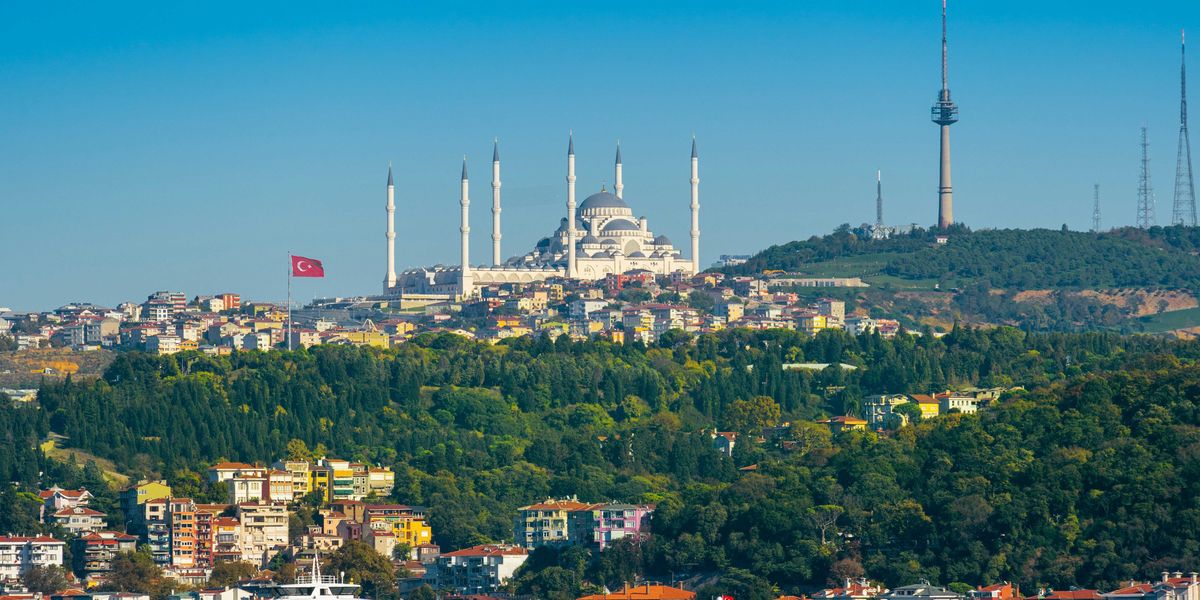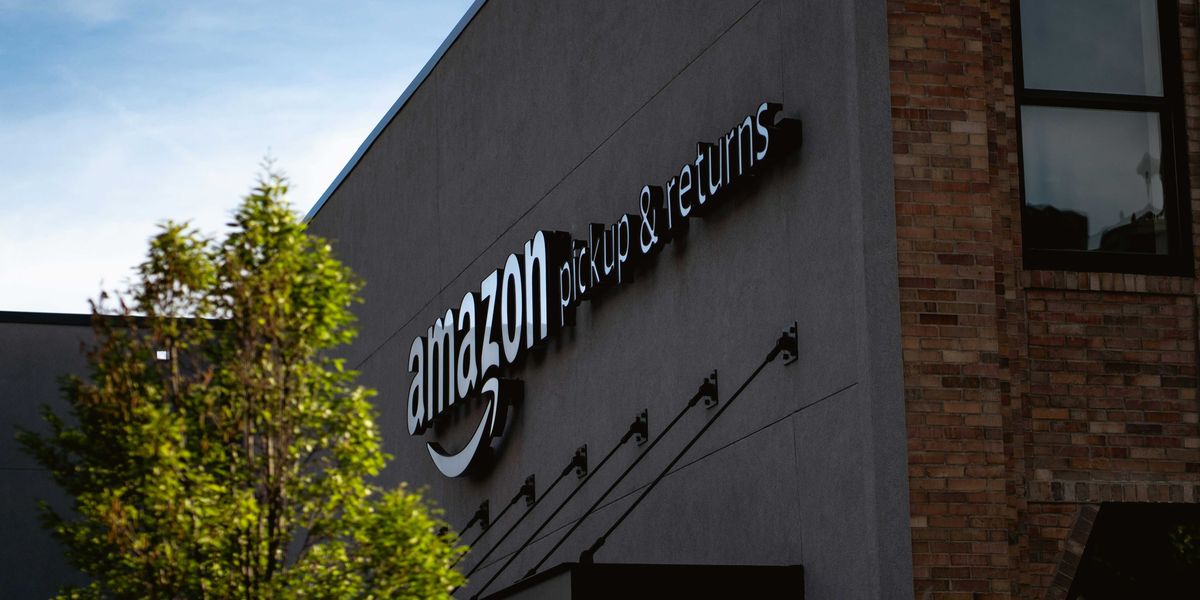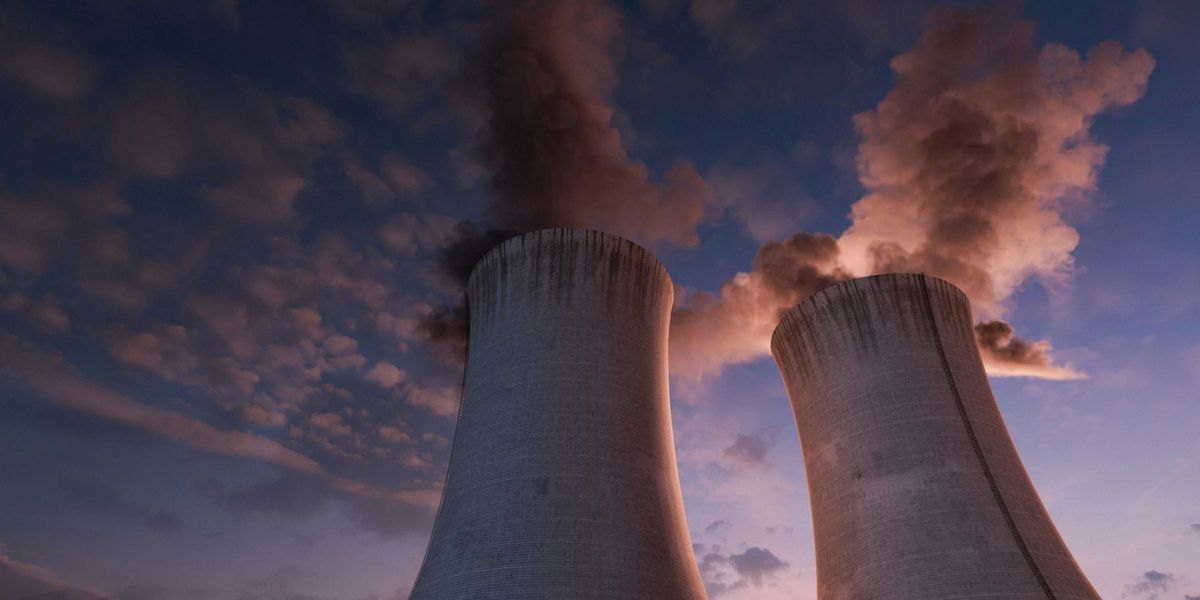
Trump administration cuts halt early heat alerts as death toll rises
A record-breaking summer of heat-related illness is colliding with federal budget cuts that are dismantling local alert systems and stalling life-saving responses.
Chelsea Harvey and Ariel Wittenberg report for E&E News.
In short:
- North Carolina’s heat alert system, which sends warnings at lower temperatures than federal thresholds, is expected to shut down this September due to the early termination of a Centers for Disease Control and Prevention (CDC) grant.
- President Trump’s proposed 2026 budget eliminates climate and health programs at CDC, the National Oceanic and Atmospheric Administration, and other agencies, including the National Integrated Heat Health Information System, which coordinated local heat responses in cities like Miami and Phoenix.
- Staffing shortages at the National Weather Service are preventing follow-through on updated heat warning thresholds and limiting partnerships with hospitals to track heat-related illness.
Key quote:
“We want to be sending out heat alerts when the forecast looks like it will be at an unhealthy level, not once it is already there.”
— Autumn Locklear, climate and health epidemiologist
Why this matters:
Extreme heat is the deadliest form of weather in the U.S., silently contributing to thousands of deaths every year through heart stress, dehydration, and respiratory failure. But unlike hurricanes or floods, heat doesn’t always provoke swift public warnings — especially when federal thresholds lag behind modern health science. Local health agencies trying to adapt to rising temperatures have increasingly built their own early warning systems, using updated data and flexible criteria. Yet these tools often depend on federal grants now facing elimination. As global temperatures continue to rise, the lack of coordinated, health-driven alerts could leave people — especially the elderly, outdoor workers, and children — vulnerable to conditions that are predictable but still deadly. Without staff or funding, state and local efforts may vanish just as demand grows.
Read more: How rising temperatures are putting children and pregnant women at risk













